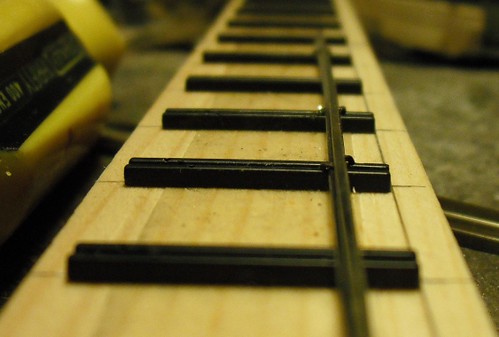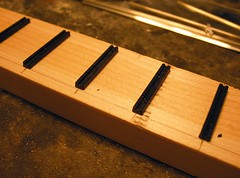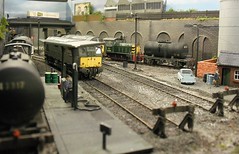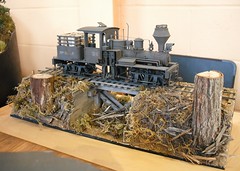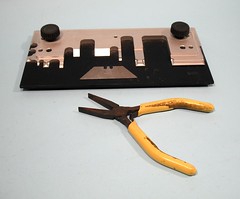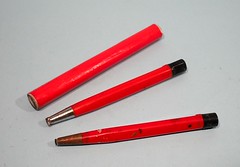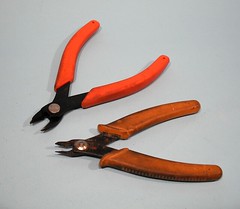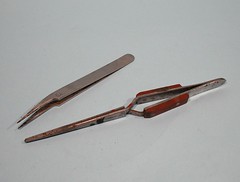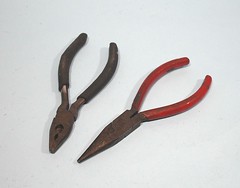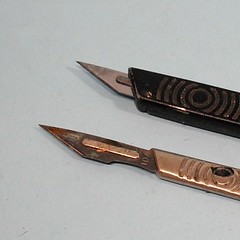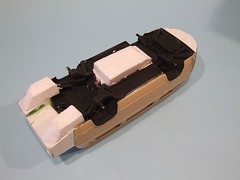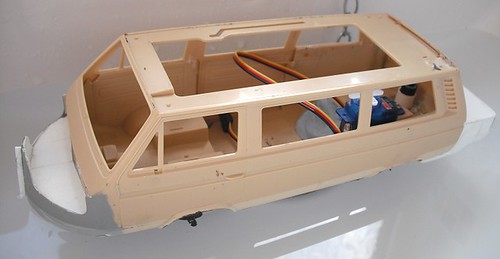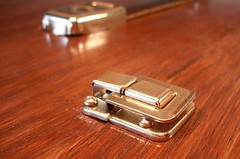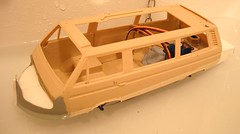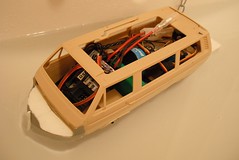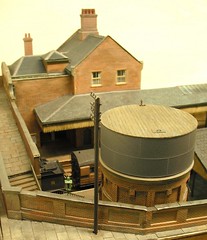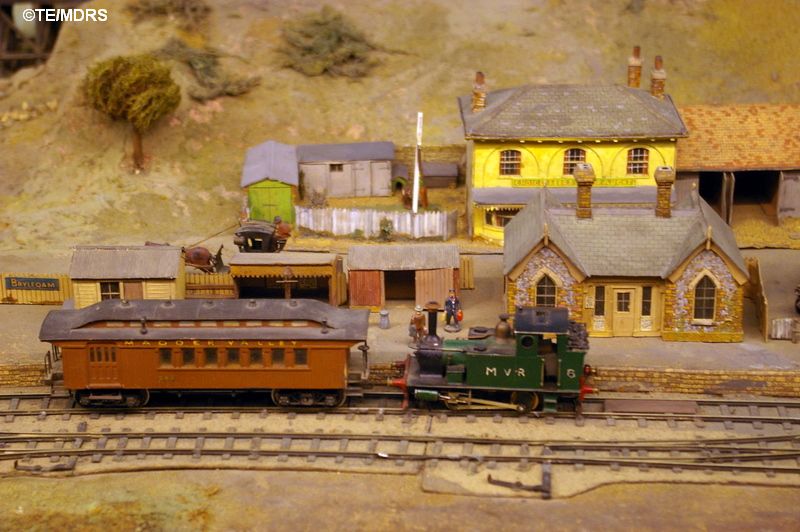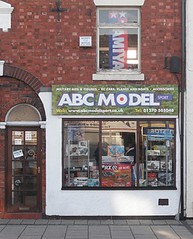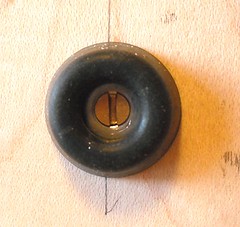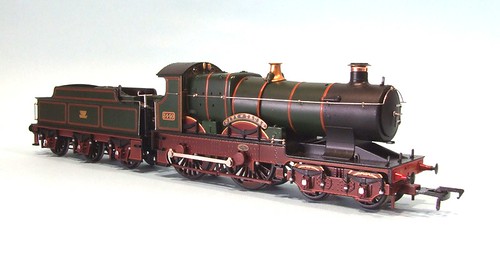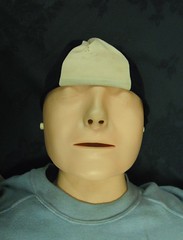 A bit of a serious post today - this month Knightcote Model Boat Club winter meeting was on the subject of first aid for modellers. Looking at our membership profile, the committee felt information for the members on what to do if someone keels over would be a good idea. Like most model clubs, when you look around you see a lot of middle aged and later men who haven't spent a lot of time in the gym. The chances of needing this sort of knowledge appear high.
A bit of a serious post today - this month Knightcote Model Boat Club winter meeting was on the subject of first aid for modellers. Looking at our membership profile, the committee felt information for the members on what to do if someone keels over would be a good idea. Like most model clubs, when you look around you see a lot of middle aged and later men who haven't spent a lot of time in the gym. The chances of needing this sort of knowledge appear high.Fortunately or membership is broad (literally at well as metaphorically) and includes someone who has given lifesaving lessons in the past and more usefully, a motorcycle based paramedic.
First up we were treated to a run through of the sort of kit you can carry on motorbike panniers for saving people. It's an amazing selection and well laid out - as he said, "When I get there I'm on my own, there isn't anyone to hand me stuff !"
We then had a quick demo of basic CPR on the larger of the two Resusci Anne's on the floor. Apparently it's more important to get the heart compressions in then giving the "kiss of life" as we retain quite a lot of oxygen (16%) in our bloodstream and so getting this moved around matters more than pumping a bit more (4% apparently) in by inflating lungs. To be honest the whole process is quite violent but as was pointed out, when you are doing this the patient is in a pretty bad way. People who's heart has stopped die more often than those with broken ribs, so get on with it using as much force as necessary.
And it does take a lot of force. It's hard work too - the pace apparently matches the song "Nellie the Elephant" (Original version, not the one by the Toy Dolls) with 30 compressions followed by two breaths into the patient. Several of us had a go so we could make our beginners mistakes on the doll.
But, the point of this post is not to teach you how to treat people. The most useful part of the evening were the lessons we realised we had learned. The sort of things you normally only learn after something bad has happened. They were:
- Learn how to use your mobile. When you ring 999, the operator will prompt you to do things to help the patient. If you can put the phone on loudspeaker, this will be very helpful. Asking "How do I use a Motophona 634623689" is not. Look it up in the instruction book now.
- Know were the nearest non-mobile is in case yours is broken or has no signal.
- Know the postcode and proper address of the club - ours will soon be written on the first aid box in large letters. This helps ambulances find you quickly. You'd be surprised just how many people don't know these details, especially when flustered.
- Know what is in the first aid box. We have 2 tin foil blankets in our but most of us didn't realise this. If someone fell in the water, wrapping them in a blanket could stop hypothermia.
Simple stuff but ideas that could save a life more readily than the actual first aid part. Let's hope we never need it.

